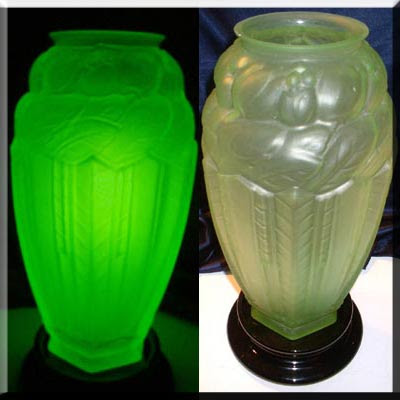

Some at-home microscopes can view bacteria at 400x or more, but viruses and proteins require higher magnification. Whether those substances contain bacteria, viruses, or proteins is impossible to guess without proper lab gear such as a transmission electron or scanning electron microscopes. They can only highlight fluids and surfaces that contain fluorescence or fluorescent proteins. Note: Black lights cannot help you see germs, bacteria, viruses, or proteins themselves.

It won't work as well as a commercial LED black light, but if you're just looking to show off some cool fluorescent art or mutant-looking plants, it'll definitely do the trick. While no smartphone is technically capable of emitting UV light currently, you can mimic the effect of a black light using your phone's LED flash, a few markers, and some transparent tape.

With a black light, you can see fluorescence, the radiating glow emitted by certain substances when exposed to ultraviolet light. Filters that do it create a dim violet glow, while coated bulbs product blue color. Most black lights work using a filter or coating over the bulb that filters out most of the visible light and produces mostly long-wave ultraviolet (UVA) light. They can help you spot fake currency, urine stains, interesting rocks, and deadly scorpions, and they can even help you view cool fluorescent artwork. Black lights come in all shapes and sizes, and they're useful in a variety of ways.


 0 kommentar(er)
0 kommentar(er)
